Europe Trade Data
European Current Market Growth in 2024
The export market in Europe is expected to grow by about 1.5% annually from 2023 to 2024, reaching a total value of about USD 7.2 trillion. Based on Europe Trade Data by Import Globals, strong demand for automobiles, chemicals, industrial machinery, and high-tech equipment, all of which combined account for more than 55% of Europe's overall export value, is the primary driver of this development. With almost 20% of all EU exports, Germany continues to be the continent's biggest exporter, followed by France, Italy, and the Netherlands. Despite obstacles like inflation and changes in the energy supply, the region's trade agreements with important partners like the US, China, and the UK continue to sustain this steady export performance.
Due to decreased energy import prices and tempered demand for raw materials, Europe's overall import value is projected to be about USD 7.0 trillion in 2024, a minor decrease of almost 3% from 2023 values. As per Europe Import Export Data by Import Globals, energy alone makes up almost 20% of all imports, with crude oil, natural gas, electronics, and machinery continuing to be the top import categories. China, the United States, Russia, and Norway are the EU's top import partners. Europe maintains a balanced trade flow despite the slight decline in import values, with an expected USD 200 billion overall goods trade surplus for the year, up from a deficit two years prior. This surplus demonstrates Europe's robust internal market and great export competitiveness.
European Geography and Its Trade Relations
Europe is a worldwide trading hub with highly linked supply chains due to its advantageous geographic location at the intersection of Asia, Africa, and the Atlantic. According to Europe Customs Data, Intra-European trade ties are strengthened by the free flow of capital, products, and services among the 27 member states of the European Union's single market. Europe's commercial flexibility and access to essential raw materials and energy resources are improved by its proximity to major economies such as the UK, Turkey, Russia, and North African countries. As important entry points for imports and exports, based on European Exporters Data, well-established ports like Rotterdam, Antwerp, and Hamburg facilitate efficient distribution throughout the continent.
Europe's industrial centers are further connected to surrounding areas by their extensive rail and road networks. Stable cross-border supply chains are guaranteed by robust trade agreements with nations like Norway, Switzerland, and the UK. As per European Importers Data by Import Globals, Europe's economy is resilient, internationally competitive, and closely linked to both its immediate neighbors and international markets due to its advantageous geographic location and strong infrastructure.
Europe’s Contribution to Global Trade
Europe continues to be one of the most important trading areas in the world, making a substantial contribution to the overall amount of international commerce. According to the latest Europe Export Data projections, the combined European nations will contribute around 15% of world exports and 14% of global imports in 2024. The European Union is one of the top three exporters, along with China and the United States, accounting for almost 13% of all merchandise exports worldwide. With their strong industrial production and cutting-edge technology sectors, major economies like Germany, France, the Netherlands, and Italy account for a significant amount of this trade value. As per Europe Import Export Customs Trade Data, Europe plays an essential role in bridging international supply networks across continents, as seen by its balanced import and export operations. The region's proportion of global trade guarantees consistent demand for consumer products, machinery, and raw materials around the globe, and its free market and trade agreements support Europe's continued dominance in global trade.
Detailed Country-Wise Data by Import Globals
The most comprehensive and current trade data covering specific European nations, including Austria, Bulgaria, Belgium, Croatia, the Czech Republic, and many more, is available at Import Globals. To assist companies and scholars in making well-informed decisions, this comprehensive data covers partner nations, HS codes, trade values, monthly trends, and product-level trade statistics. Based on Europe Import Data by Import Globals, accurate cargo records, import-export quantities, and market insights specific to each nation's distinct trade profile are made available to users. Whether monitoring Belgium's chemical imports or Austria's equipment exports, Import Globals offers trustworthy, nation-specific data for more in-depth research and a competitive edge.
The Europe shipment Data includes all essential details, ensuring complete transparency and actionable insights for every trade transaction, such as Date, HS Code, HS Code description, Total Value in USD, Port of Loading, Port of Unloading, Destination Country, Origin Country, Weight, Quantity
Top 10 European Countries' Export Products : EUROPE TRADE DATA
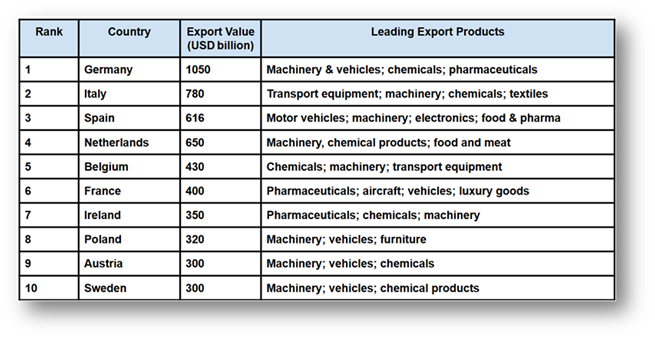
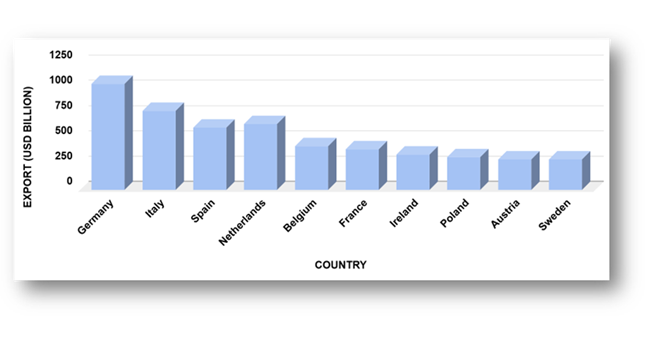
Top 10 European Countries' Import Products : EUROPE TRADE DATA

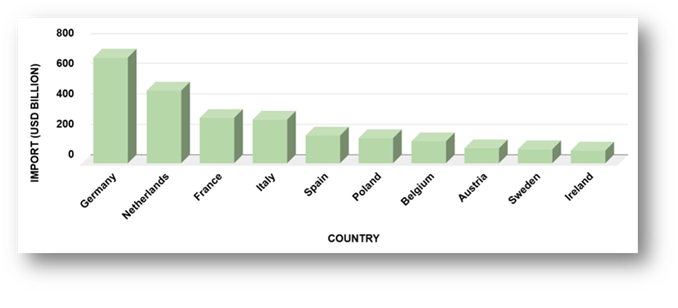
Top 10 Export Trading Partners : EUROPE EXPORT DATA
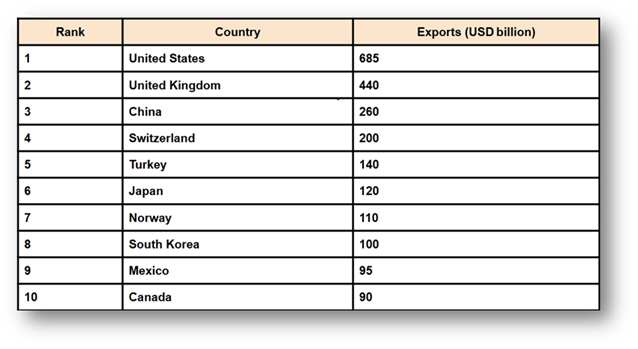
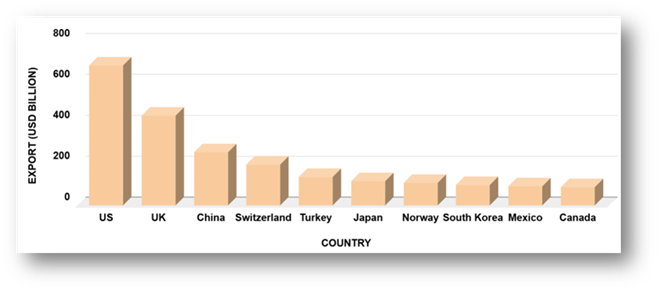
Top 10 Import Trading Partners : EUROPE IMPORT DATA

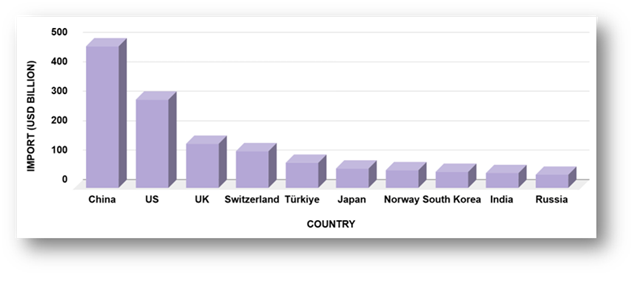
Subscribe to Import Globals' cutting-edge data platform to obtain comprehensive insights into the Europe Import Export Trade Data of European nations.
UNLOCK COMPREHENSIVE INSIGHT INTO EUROPE TRADE DATA IMPORT EXPORT DATA BY SUBSCRIBING TO IMPORT GLOBALS PLATEFORM!
- Customs Report
- Statistical Report
